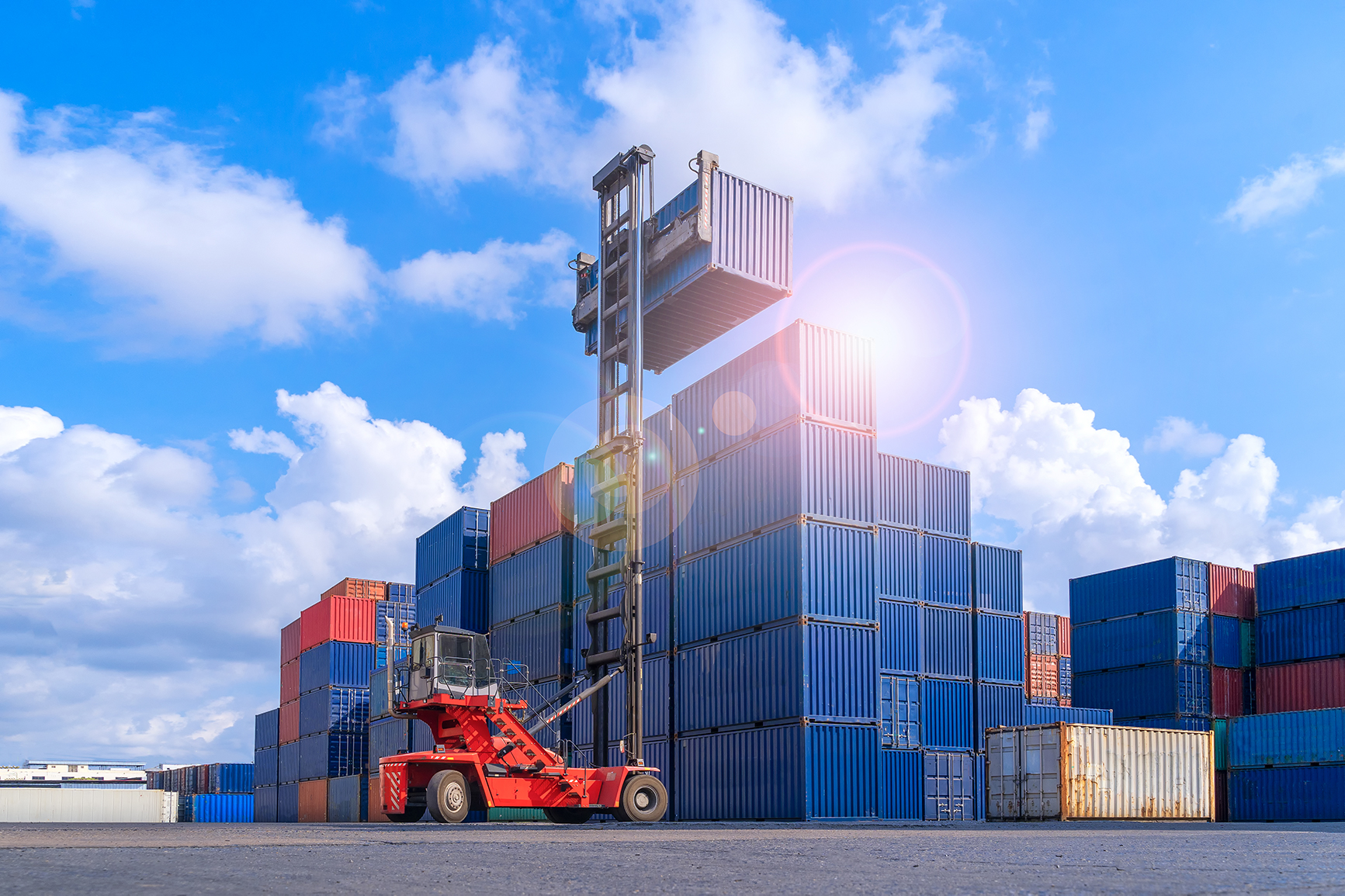Importing auto parts from China to South Africa involves navigating complex logistics, regulatory requirements, and supplier dynamics. Whether you’re a mechanic, distributor, or retailer, understanding how to import auto parts from China to South Africa ensures smooth customs clearance, cost efficiency, and timely deliveries. This guide outlines essential steps to streamline your import process and avoid common pitfalls.
1. Understand South African Import Regulations
Verify Certification Requirements
- Most auto parts require SABS (South African Bureau of Standards) certification for safety and quality (e.g., SABS 1311 for brake pads).
- Use the South African Customs Tariff Database to check tariffs (average 5–15% for auto parts).
Identify Prohibited Items
- Prohibited parts include non-roadworthy tires and uncertified electronics. Restricted items (e.g., hazardous fluids) require special permits.
2. Source Reliable Chinese Suppliers
Use Trusted Platforms
- Leverage Alibaba, Global Sources, or Made-in-China to find suppliers with ISO 9001 and export experience to Africa.
- Example: A supplier with SABS pre-approval for suspension parts reduces certification delays.
Request Quality Assurance
- Ask for sample testing (e.g., material fatigue tests for engine components) and factory audit reports via third-party services like Bureau Veritas.
3. Choose Optimal Shipping Methods
Sea Freight for Bulk Orders
- FCL (Full Container Load): Ideal for 20+ CBM (e.g., 800 exhaust systems), costing \(2,500–\)3,500 from Shanghai to Durban (35–45 days).
- LCL (Less than Container Load): Suitable for small batches (5–15 CBM), with costs starting at $150/CBM.
Air Freight for Urgent Shipments
- Use for high-value parts (e.g., \(6–\)10/kg for ECU modules), with transit times of 5–10 days to Johannesburg.
4. Prepare Clearance Documentation
Mandatory Paperwork
- Commercial Invoice: Detail part descriptions, HS codes (e.g., HS 8708.99 for auto accessories), and FOB values.
- Bill of Lading/Air Waybill: Include your South African VAT number (VATIN) and importer code.
- SABS Certificates: Submit test reports proving compliance to South African Revenue Service (SARS).
Work with a Customs Broker
- Partner with brokers like China Top Freight to handle documentation and pre-clear via SARS’ ASYCUDA World system.
- Benefit: Reduces customs delays by 2–3 days for correctly classified shipments.
5. Optimize Logistics and Tracking
Route Planning
- Sea + Road: Durban Port → Johannesburg via truck (2 days, ~ZAR 5,000 for 10 pallets).
- Cross-Border Rail: For shipments to neighboring countries, use Beitbridge Border Post rail links.
Real-Time Tracking Tools
- Monitor ETAs with carrier portals (e.g., Maersk Track & Trace) or apps like 17TRACK.
- Example Alert: “Shipment arrived at Cape Town – customs inspection pending SABS approval.”
6. Insure Your Shipment
Select Comprehensive Coverage
- Opt for “All Risks” insurance (0.8–1.2% of cargo value) to cover damage, theft, or delays.
- Case: Insuring \(30,000 worth of transmission parts cost ~\)300 and saved ZAR 45,000 in a damage claim.
7. Avoid Common Import Errors
Incorrect HS Code Classification
- Misclassifying parts (e.g., listing “car batteries” under HS 8507 instead of HS 8708) can lead to 20% higher tariffs.
- Solution: Use SARS’ tariff classification service for free code verification.
Delayed SABS Certification
- Allow 4–6 weeks for SABS approval. Rush orders cost an extra 30% but reduce processing to 2 weeks.
8. Case Study: Successful Import to South Africa
Scenario: A South African auto shop imported 10 CBM of engine parts from Guangzhou to Cape Town.
- Steps Taken:
- Selected a supplier with pre-approved SABS certificates for all parts.
- Shipped via LCL with China Top Freight, using their customs brokerage to fast-track clearance.
- Outcome: Parts delivered in 38 days, with tariffs accurately calculated and no compliance issues.
In conclusion, mastering how to import auto parts from China to South Africa requires thorough preparation, compliance with SABS standards, and strategic logistics planning. By partnering with experienced providers like China Top Freight for shipping and certification support, you can minimize risks and ensure a seamless import experience. Whether managing regular stock or special orders, attention to detail in documentation and supplier vetting is key to success in South Africa’s auto parts market.


